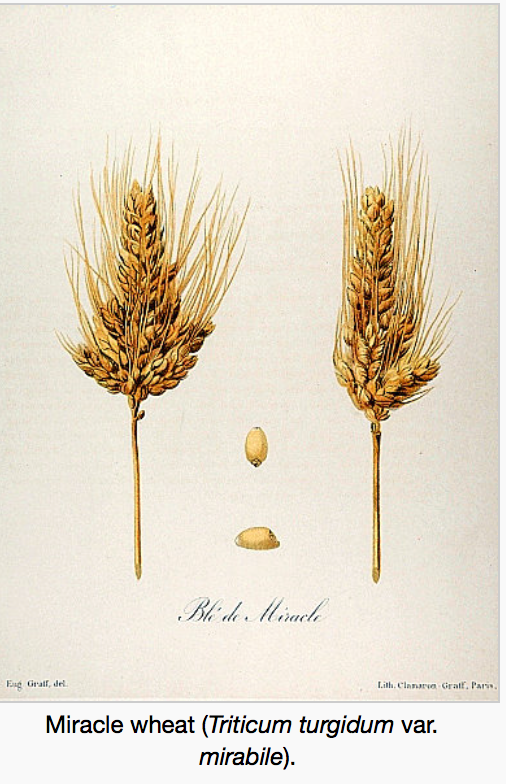OCCURRENCE OF STARCH
Starch makes up the nutritive reserves of many plants. During the growing season, the green leaves collect energy from the sun. This energy is transported as a sugar solution to the starch storage cells, and the sugar is converted to starch in the form of tiny granules occupying most of the cell interior.
The conversion of sugar to starch takes place by means of enzymes. Then, the following spring, enzymes are also responsible for the re-conversion of starch to sugar – released from the seed as energy for the growing plant.
WHEAT VARIETIES
Wheat is a cereal plant of the genus Triticum of the family Gramineae (grass family). Modern wheat varieties are usually classified as winter wheat (fall-planted) and spring wheat – most of the wheat grown is winter wheat. Some ancient varieties of wheat like einkorn (T. monococcum), emmer (T. dicoccum) and spelt (T. spelta) are still being cultivated for specialty purposes. Triticum aestivum is by far the most important of all wheat species.
Flour from hard varieties derived from bread wheat (T. aestivum) contains a high gluten content and is preferred in bakery products. The hardest-kernelled wheat is durum – macaroni wheat (T. durum); it is essential for the manufacture of pasta products.
WHEAT GLUTEN
Gluten is proteins of the wheat. Gluten forms long molecules insoluble in water. This gives dough its characteristic texture and permits breads and cakes to rise because the carbon dioxide released by the yeast is trapped in the gluten superstructure.
Gluten is particular important in the manufacture of starch from wheat because gluten is a most valuable by-product representing half the turnover. In fact the starch is by some manufacturers considered the by-product and gluten the main product.


he blog was how do i say it… relevant, finally something that helped me. Thanks
Hi Florentino, so happy I could help you! I’m adding more blogs with lots more help.
Cris